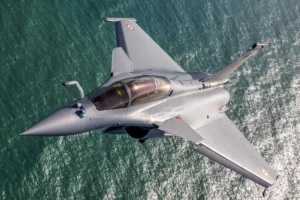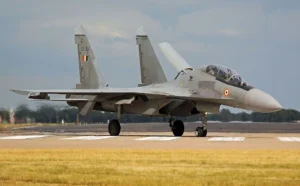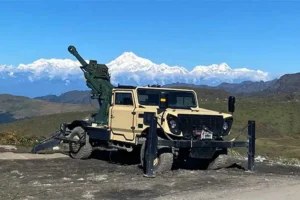The Swiss-made Pilatus PC-7 MKII trainer aircraft of the Indian Air Force (IAF) crashed near Hyderabad in the south of India, killing the two pilots on board. This was the first Pilatus plane accident in India, and the Indian pilots, both instructors and trainees, had completed over 200,000 hours of incident-free flying across India.
The Pilatus trainer is a single-engine turboprop aircraft in which the Indian Air Force (IAF) conducts basic training for its rookie pilots. The aircraft is 10.8 meters long and has a wingspan of 10.19 meters. The trainer aircraft has an altitude ceiling of 33,000 feet and a maximum operating speed of 556 km per hour. It has an endurance of 1,500 km.
The Pilatus PC-7 MK II is developed from the piston-powered Pilatus P-3 aircraft. The PC-7 MKII turbo trainer is a low-wing tandem-seat aircraft capable of supporting all essential training functions, including aerobatics, instrument, tactical, and night flying operations. The aircraft has trained 2,500 Indian pilots so far. The aircraft is also operational with South Africa, Botswana, Malaysia, and Brunei air forces.
An Indian Air Force Pilatus PC-7 trainer Crashes; Flying Instructor and Cadet dies
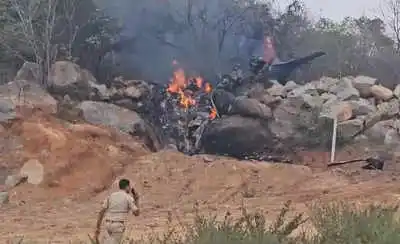
The Indian government, after purchasing 75 Pilatus trainers under a US$537.5 million deal in 2012, barred the Swiss firm from doing business in India on charges of kickbacks.
The IAF pilots go through three stages of training. The first stage has the Swiss-origin Pilatus PC-7 MK II aircraft, followed by Kiran trainers in the second stage, before moving on to the British-origin Hawk advanced jet trainers in the third stage.
After that, they graduate to flying supersonic combat jets. Training of a fighter pilot dictates that it should progress from turbo propeller aircraft to slow jet trainers and then to supersonic jet trainers.
The PC-7 introduces trainees to aerobatic flight and instrument navigation (IFR) as an initial training aircraft. Today, the PC-7 is counted as one of the most advanced aircraft in the category of aircraft trainers globally.
Pilatus was inducted into the force in 2013, replacing the indigenous aircraft trainer ‘Deepak’ Hindustan Piston-32 (HPT-32), grounded in 2009 following a series of accidents. The IAF later ordered indigenously developed Hindustan Turbo Trainer Aircraft-40 (HTT-40) to train their pilots.
The new aircraft will complement the Swiss-made PC-12 Mark II primary training fleet with the Indian Air Force. The service currently operates 260 trainer aircraft — a combination of basic and advanced trainers — against the requirement for 388.
The present Chief of the IAF, Air Chief Marshal VR Chaudhari, the Deputy Commandant when Pilatus was inducted at the Air Force Academy, admitted that the aircraft had brought a qualitative change in the training of future pilots.
Before Pilatus, the cadets used to get about 25 hours of flying training, and post-induction of the Swiss trainer, the training increased to 60 flying hours. The cadets are now completing 14 hours of solo flying compared to just one hour earlier.
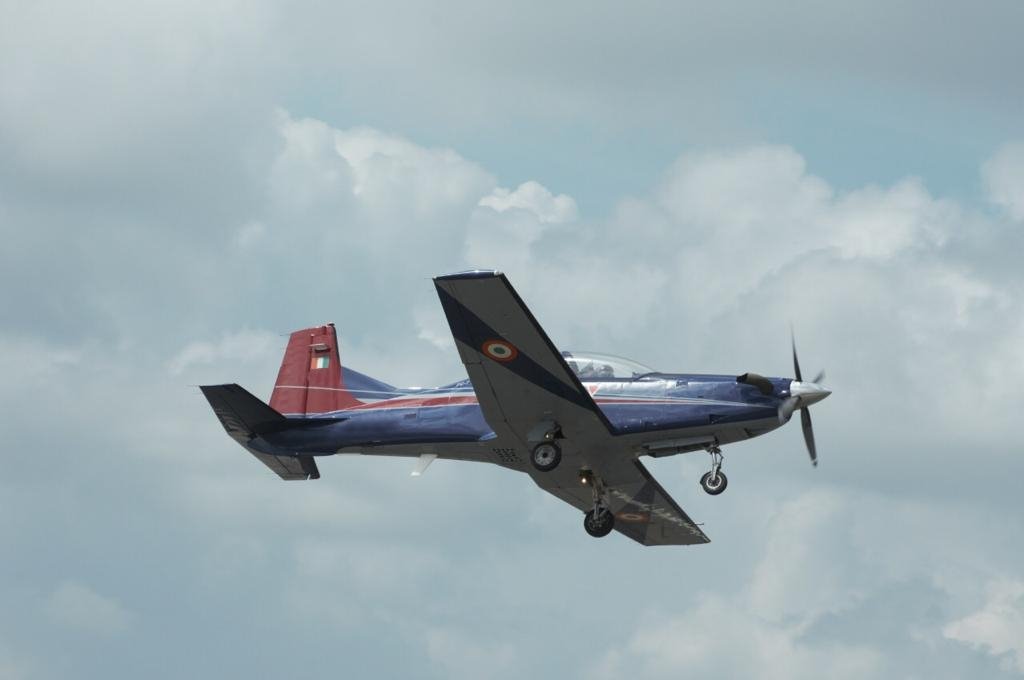
“Induction of Pilatus aircraft has plugged a vital gap in the basic flying training of cadets, and with the presence of advanced navigation aids in the aircraft, teaching the basics of flying has become much easier and safer,” Chaudhari had said. Pilatus has features like a glass (digital) cockpit, an Instrument Landing System, and advanced communications systems.
So far, there have been a few crashes involving PC-7. The last incident was in 2017 when a Swiss Air Force PC-7 crashed. Before that, two PC-7s of the Botswana Air Force collided mid-air in 2011.
A South African Air Force’s PC-7 MKII crashed in 2008 just after takeoff. The pilot lost his life. In March 2010, a Royal Malaysian Air Force exploded mid-air during an air show. It was the 5th accident involving Royal Malaysian Air Force PC-7 aircraft.
- Ritu Sharma has been a journalist for over a decade, writing on defense, foreign affairs, and nuclear technology.
- She can be reached at ritu.sharma (at) mail.com


